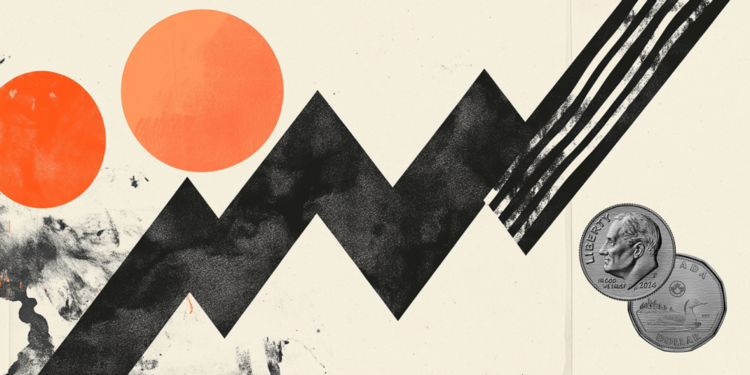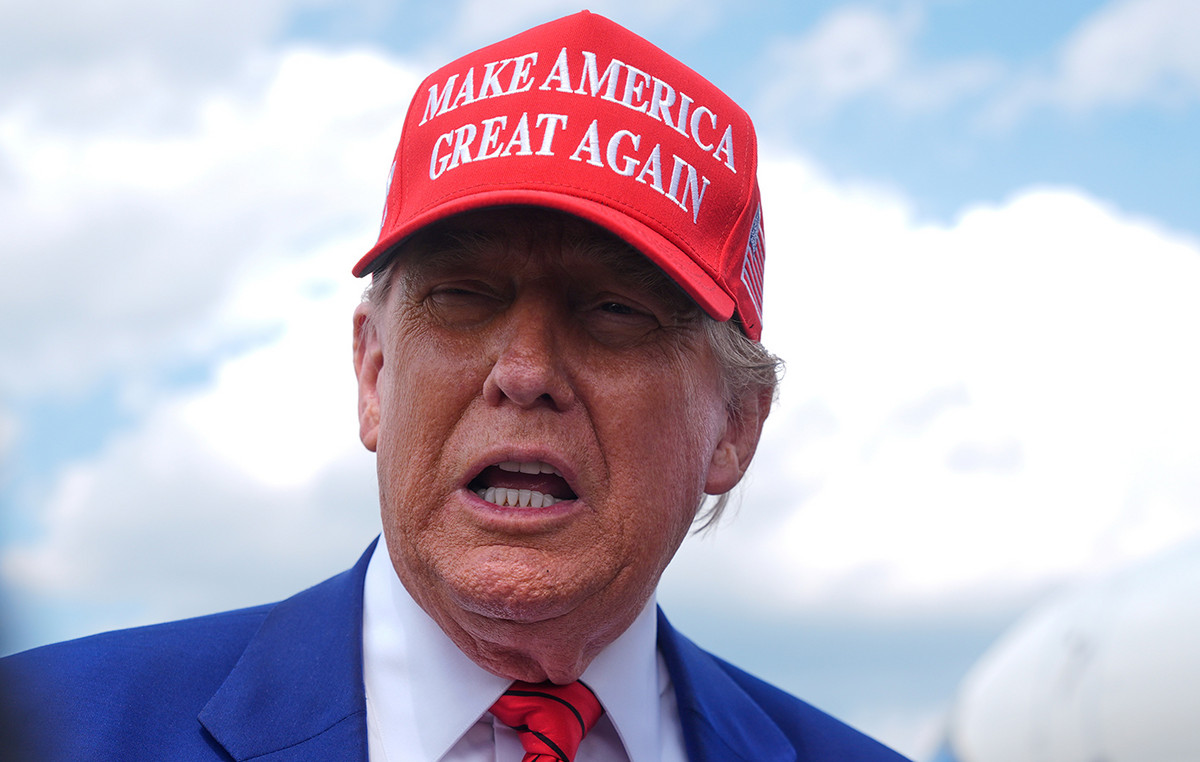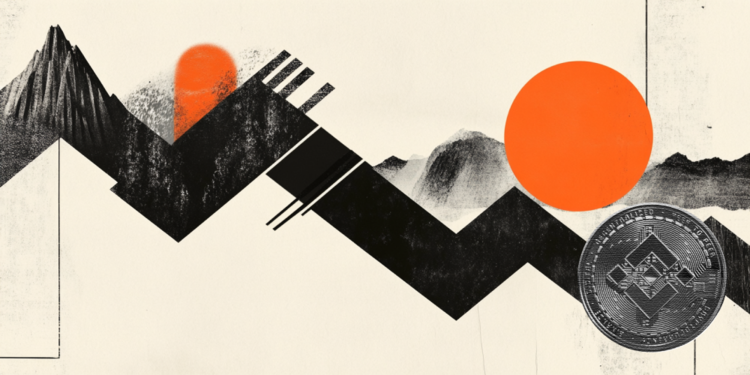However, as the US economy gradually recovers from the recession caused by the crisis of the new coronavirus, the labor market is slackening and the inflation rate is slowing down.
CPI rose 0.4% in August. Both July and June rose 0.6%.
“Prices have risen only modestly as supply chain turmoil has eased and weak demand and surplus capacity have curtailed companies’ pricing power,” said Gas Forscher, chief economist at PNC.
Although inflationary pressures were moderate in September, they are not expected to have a direct impact on monetary policy. The Federal Reserve Board (FRB) is expected to keep the policy interest rate near zero for the time being and continue to supply a large amount of funds for economic revitalization.
The Fed’s current concern is the labor market, which has a flexible average inflation target. Theoretically, prices could fall below the target of 2% for many years and then allow prices to exceed the target for a period of time, or even years, to offset it.
Currently, at least 25.5 million people are receiving unemployment insurance benefits.
September CPI rose 1.4% year-on-year. Consistent with market expectations. It was up 1.3% in August.
The core index, excluding volatile food and energy, rose 0.2% month-on-month. It was up 0.4% in August. The year-on-year rate of increase in September was 1.7%, the same as in August.
The Fed’s core consumer spending (PCE) price index, which is a measure of prices, rose 1.6% in August compared to the same month last year. The September Core PCE Price Index will be released later this month.
The breakdown of the CPI in September from the previous month was that used cars and trucks increased by 6.7%, the largest increase since February 1969, and accounted for most of the factors behind the increase in the overall CPI. It was up 5.4% in August. New cars also rose 0.3%.
Gasoline rose 0.1%. It was up 2.0% in August. Food is flat. August was up 0.1%. Household foods fell 0.4%, the third straight month of negative growth.
With many unemployed people, it was difficult to raise rental prices, and the rate of increase in housing prices was modest. In addition, as people move from the city to the suburbs and areas with a small population due to the new corona pandemic, there is a possibility that the number of vacant rooms in condominiums will increase and the rise in rental prices will be suppressed.
Attributable rent increased by 0.1%. It was up 0.1% in August as well. Entertainment rose 0.2%. August was up 0.7%. On the other hand, clothing fell 0.5%. Until the previous month, it had risen for three consecutive months.
Auto insurance fell 3.5%. Airfare fell 2.0%. Medical expenses are flat. It was up 0.1% in August.
Education fell 0.3%. It also fell 0.3% in August, turning negative for the first time since 1993, when it was comparable. Many schools and universities offer classes online due to the pandemic.
“We expect inflation to remain below pre-corona crisis, as demand is generally sluggish, especially in the services sector,” said Sarah House, senior economist at Wells Fargo.
With 6 years of experience, I bring to the table captivating and informative writing in the world news category. My expertise covers a range of industries, including tourism, technology, forex and stocks. From brief social media posts to in-depth articles, I am dedicated to creating compelling content for various platforms.







